Little Passports Science Expeditions is a monthly subscription science kit packed full of science experiments related to themes like rockets, forensic science, vision, caves and crystals, northern lights and magnetism, hydrology, and more!
Science Expeditions lets kids solve real-life scientific mysteries every month through science experiments, hands-on STEM activities and more! Every box includes a 16 page comic with scientific mysteries to solve and fun activities, 8-page experiment guides, hands-on experiment guides, and achievement badges for your lab notebook! This subscription is intended for children ages 9 and older.
This month’s box is all about BONES!
Everything in this box!
Science Expeditions: Bones Comic. Little Passports Science Expedition box always includes a mini comic book with glossary and bonus activities.
As usual, they started the book with a letter and a comic strip. It’s an introduction of the activities, giving us an idea of what to expect, setting out goals for the activities, and giving us a preview of what we’ll learn.
Everything about the comic, the colors, illustrations, and text, is well-produced. The message and story they want to convey are clearly explained and advance the lessons of the box.
The first activity is called Healthy Bones! In this activity, you will need a large egg, vinegar, drinking glass, and a paper towel. You observe the demineralization of an eggshell through exposure to vinegar.
Bone is made up of minerals (mostly calcium and phosphate), water, and a structural element called the “matrix.” The matrix is made of proteins, such as collagen, and forms before the minerals are deposited.
The next activity is about synovial joints. You learn about the different kinds of joints and identify them by writing the matching numbers in the blank circles.
The joints within the human body allow our bones to move and rotate. There are six types of freely moveable (“synovial”) joints in the human body. Read about the joints below to complete the diagram on the right.
On this activity called Spine Model, you will be creating your own spine model using egg cartons, craft needle, and yarn.
Spine is a column of nervous tissue and bones called vertebrae. It extends from the base of the skull and curves down along the back. Nerves within the spinal column carry messages to and from the brain and initiate reflexes in the body. The vertebrae within the spine work in tandem to allow movement in the torso and send signals throughout the body.
Human hands are made with small, intricate bones. This connect the dot activity is simple, just let your kid connect the dots in numerical order and see the bones of the human hands.
There’s also an info card for some online bonuses. It features videos, tips, printables and more, for a great scientific fun!
Achievement Badge. Every box includes a sticker badge, which can be placed and collected in the lab notebook when your child has completed the tasks.
Another activity box accomplished, one more sticker on our booklet!
The materials for the experiments are packed together inside the bubble wrap.
Small pieces are packed separately to avoid mixing with other parts or being lost.
Activity Guide. It’s a four-folded pamphlet containing all the details for this month’s featured experiments.
Inside the pamphlet is a detailed instruction about the first experiment, which is making our own model of the skeletal system. There’s also a diagram where we can check if we made it properly.
It’s recommended to supervise your kid while working on this activity since the parts are very small.
My daughter read the steps, the tried it on her own!
She made it swiftly!
What we love about this skeleton model is you can move it freely, since it has joints just like the real ones.
The next activity is creating a robotic hand.
My daughter started by putting the provided stickers on the flexible cardboard.
Next step is to cut the straw into small pieces and stick it on the hand, then insert the yarn on each straw and lock it down on each fingertip. The yarns will serve as tendons that will make the hand move.
The last step is to tie the other end of the string on your own fingers and move it accordingly.
You can see that the hand model moves as so your fingers do so. This activity is really amazing!
Little Passport makes various scientific concepts fun and easy to understand. This month’s Bones-themed box was particularly interesting for the kids, because bones are a vital part of the human body (and they can be a bit spooky, too). As usual, the instruction manual is well detailed and the experiments and activities are easy to follow. They even provide stories that keep the kids engaged. Most of the materials for the experiments are provided, too, so all you really have to do is sit down with the kids and have fun!
What do you think about Little Passports Science Expeditions?
Visit Little Passports Science Expeditions to subscribe or find out more!
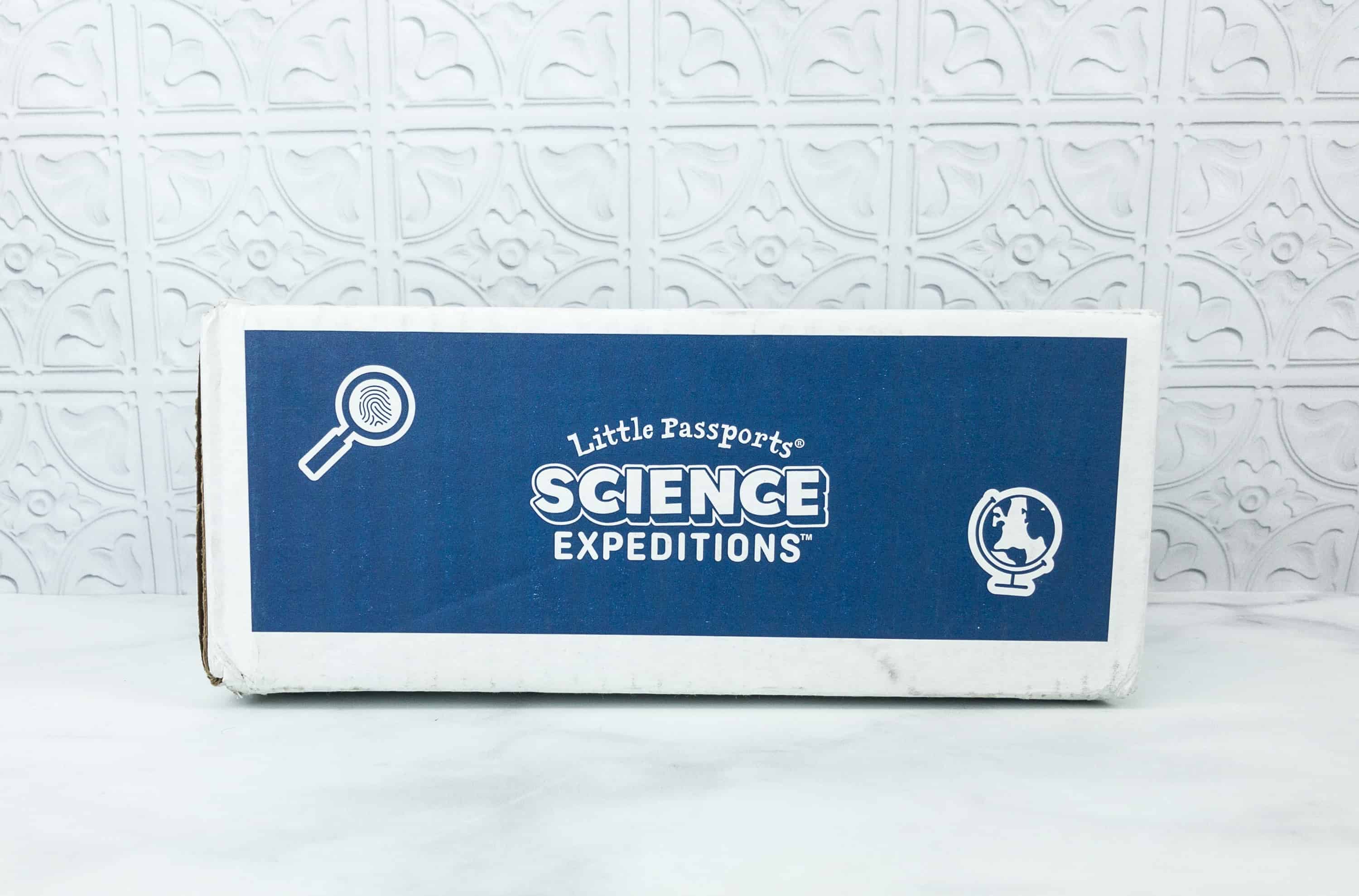

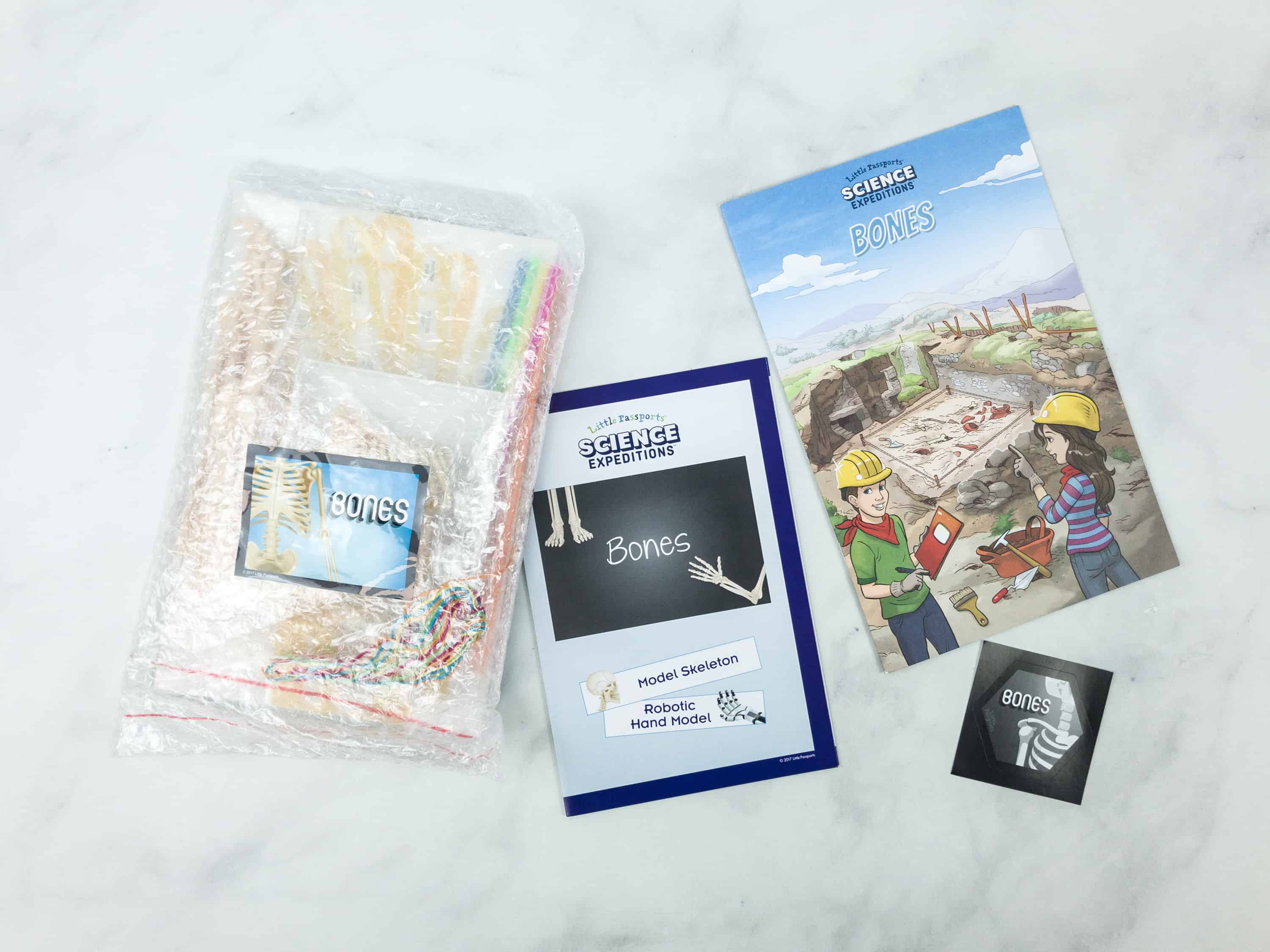
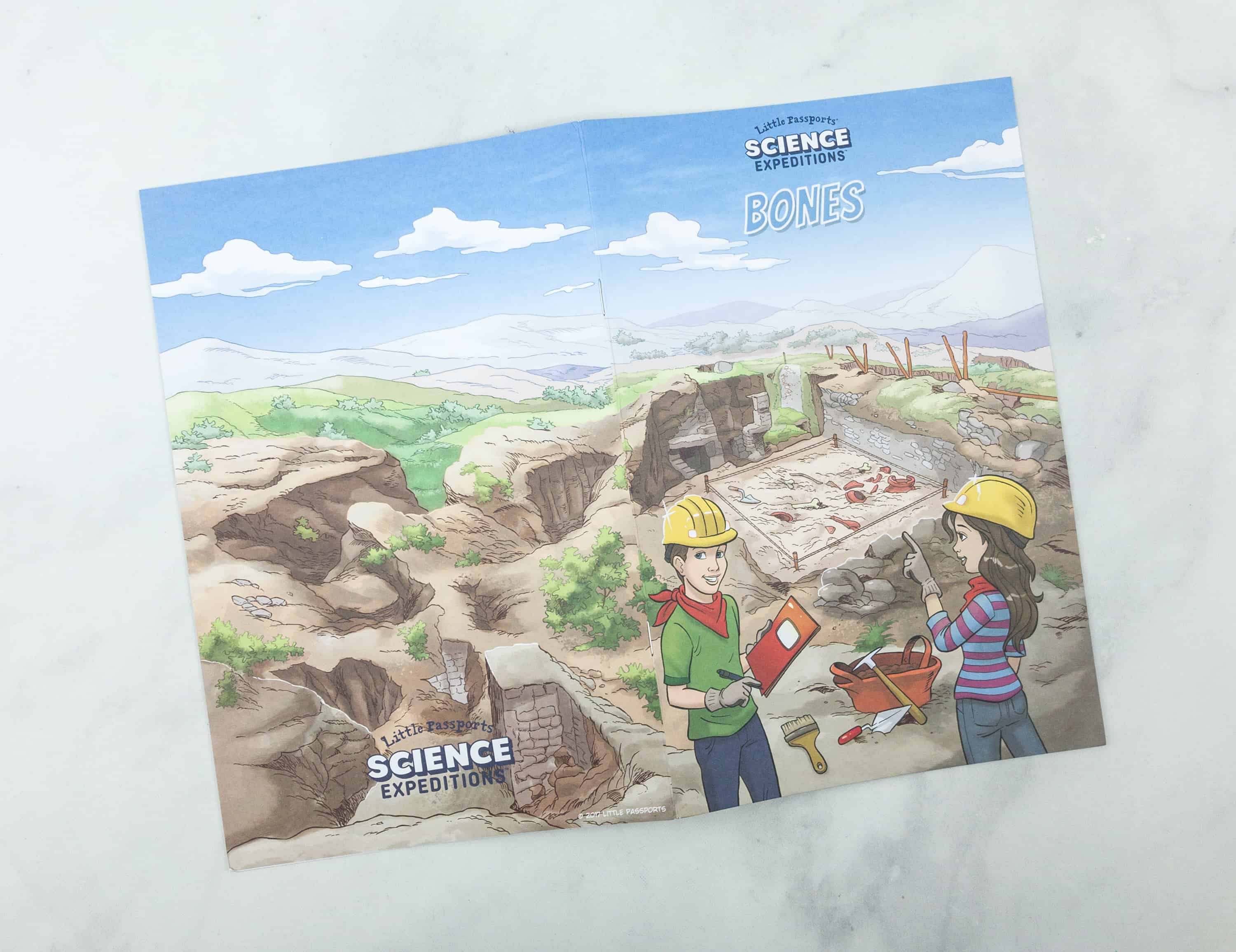


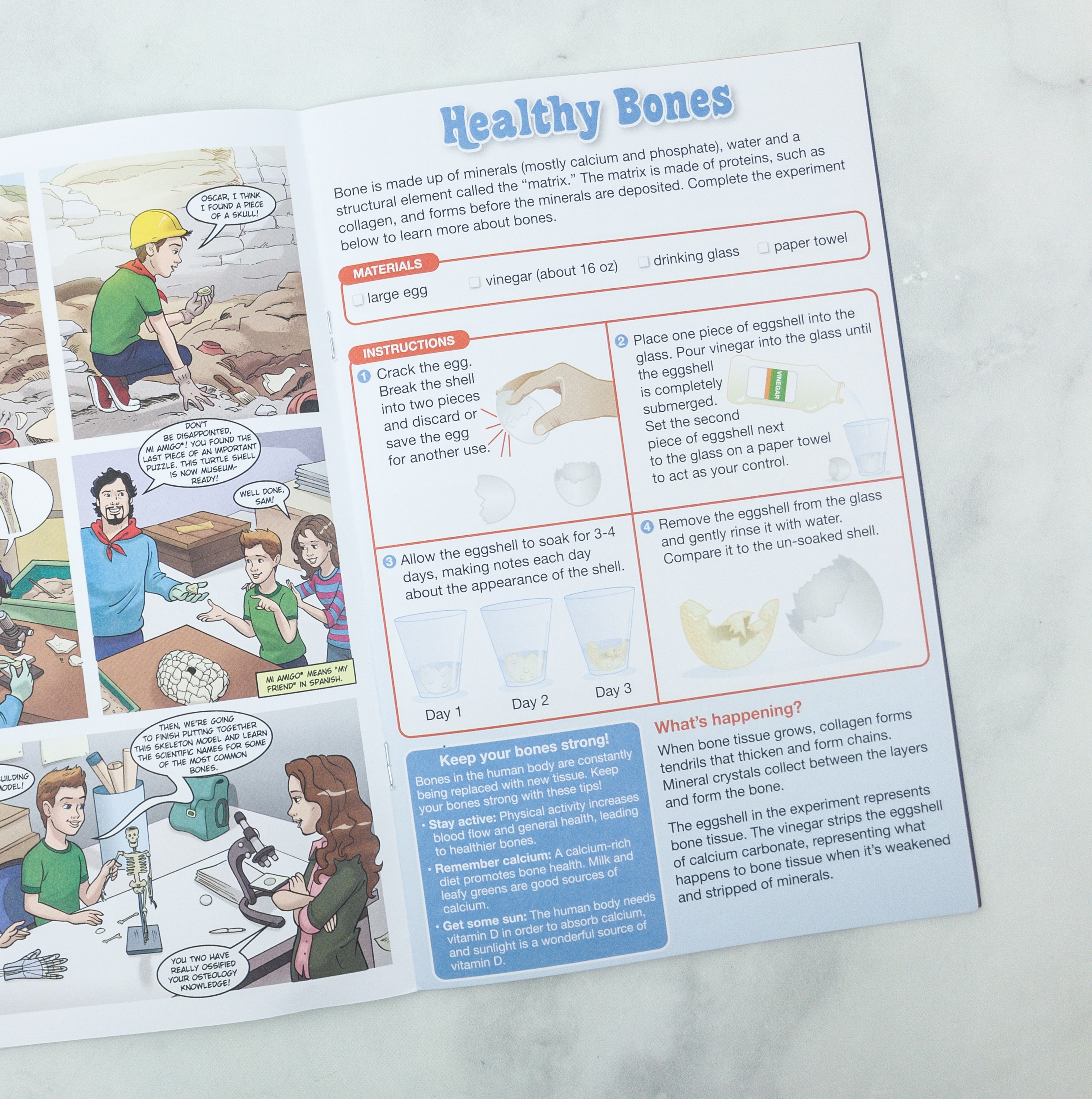
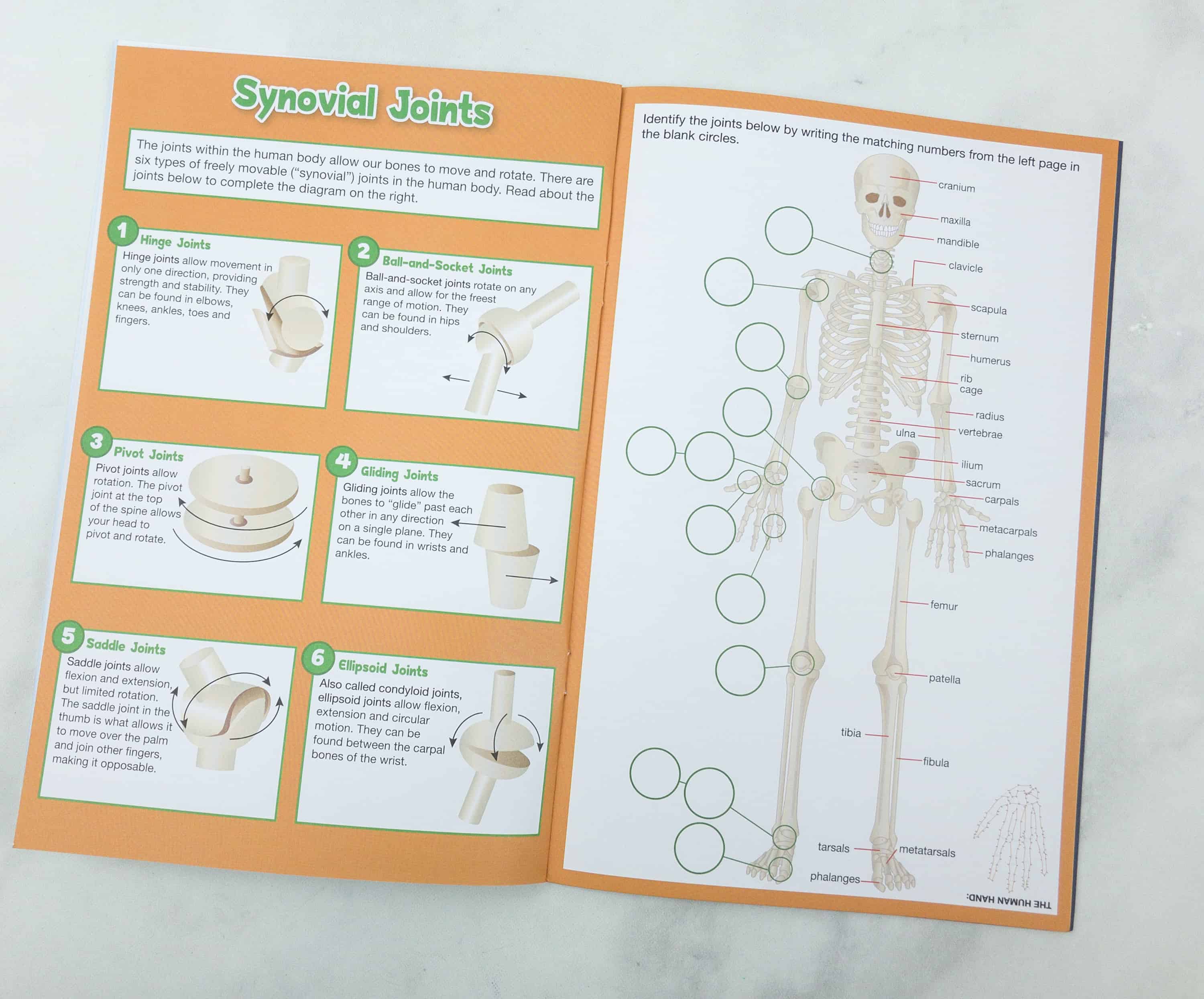
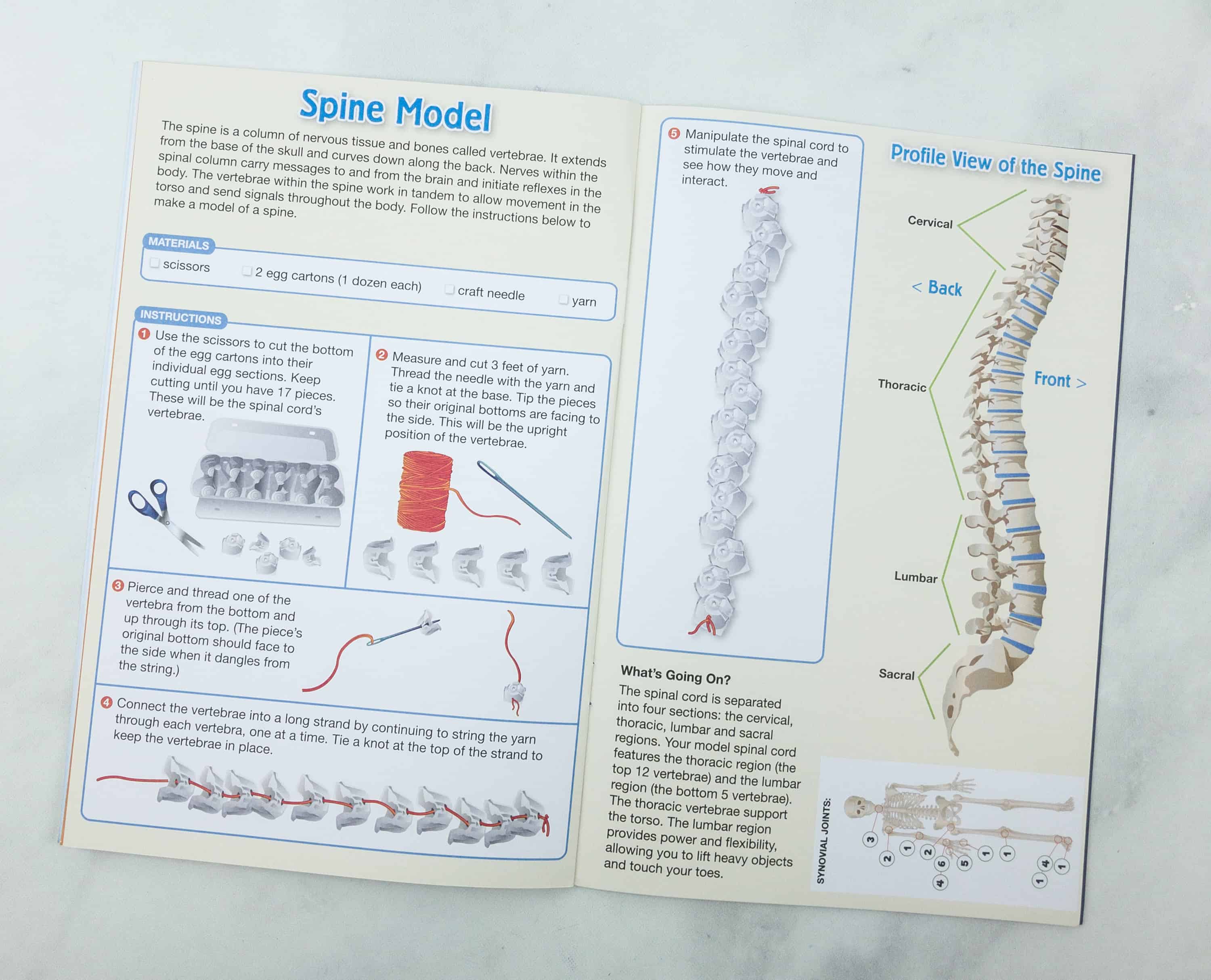
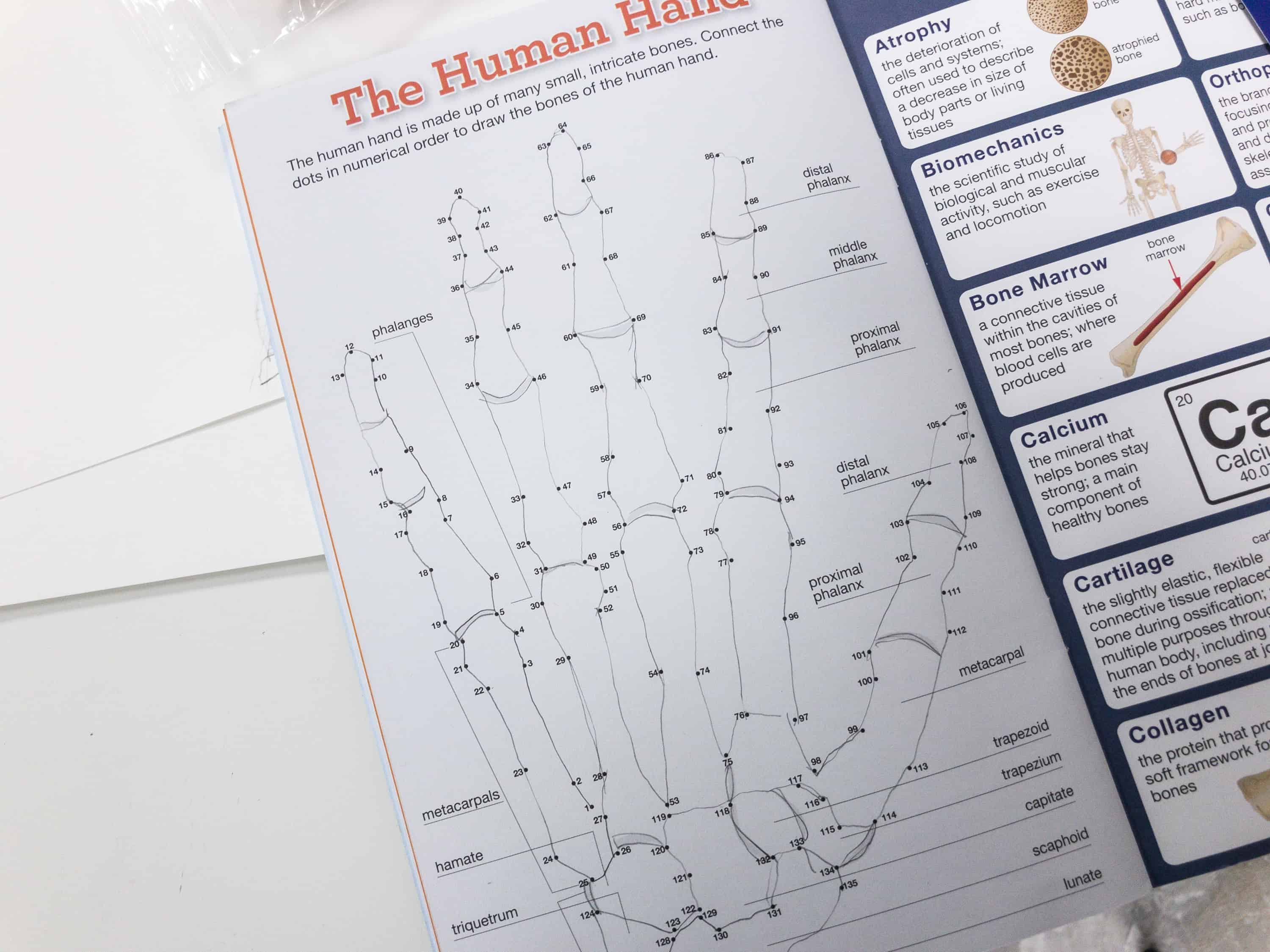
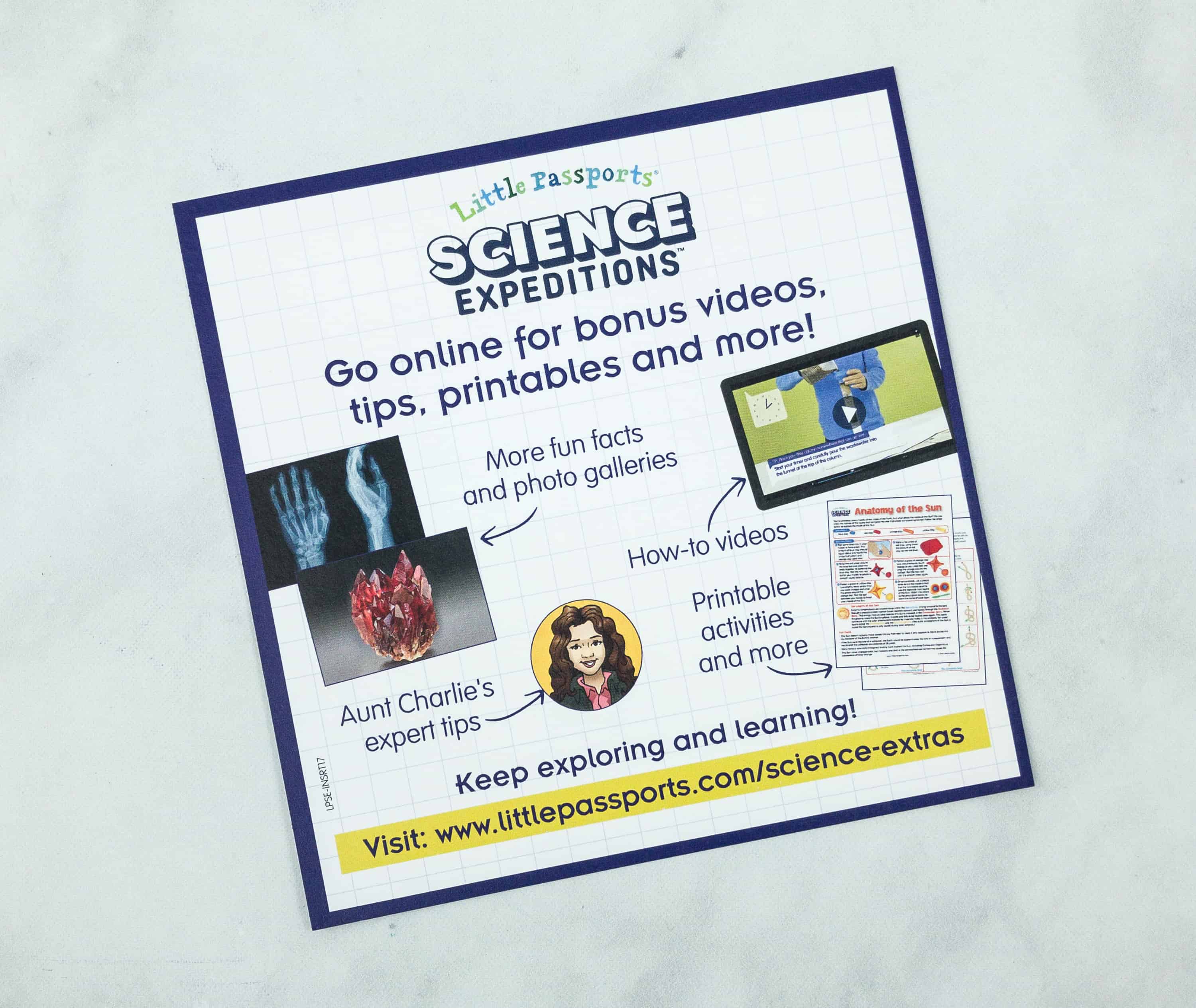

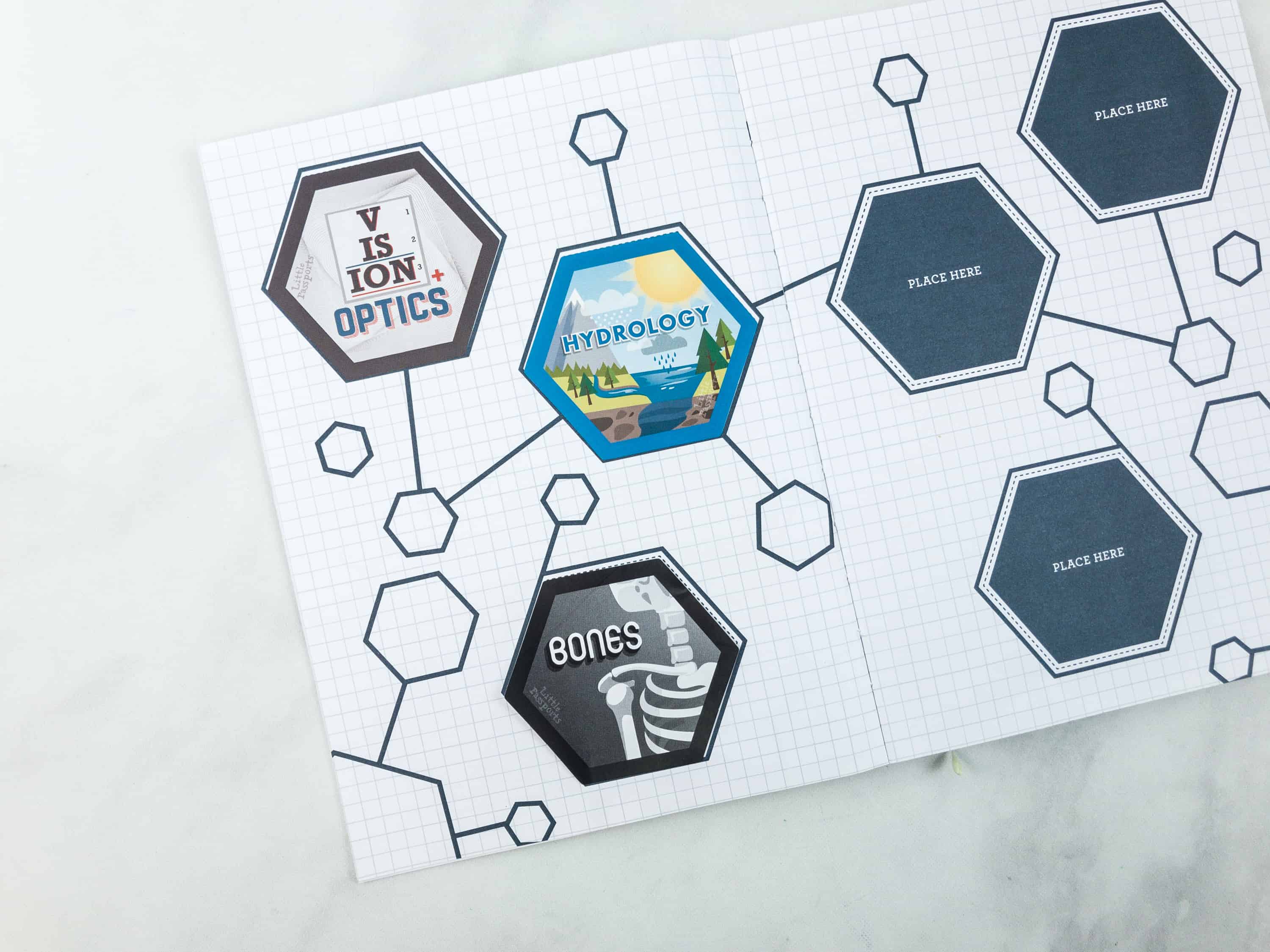

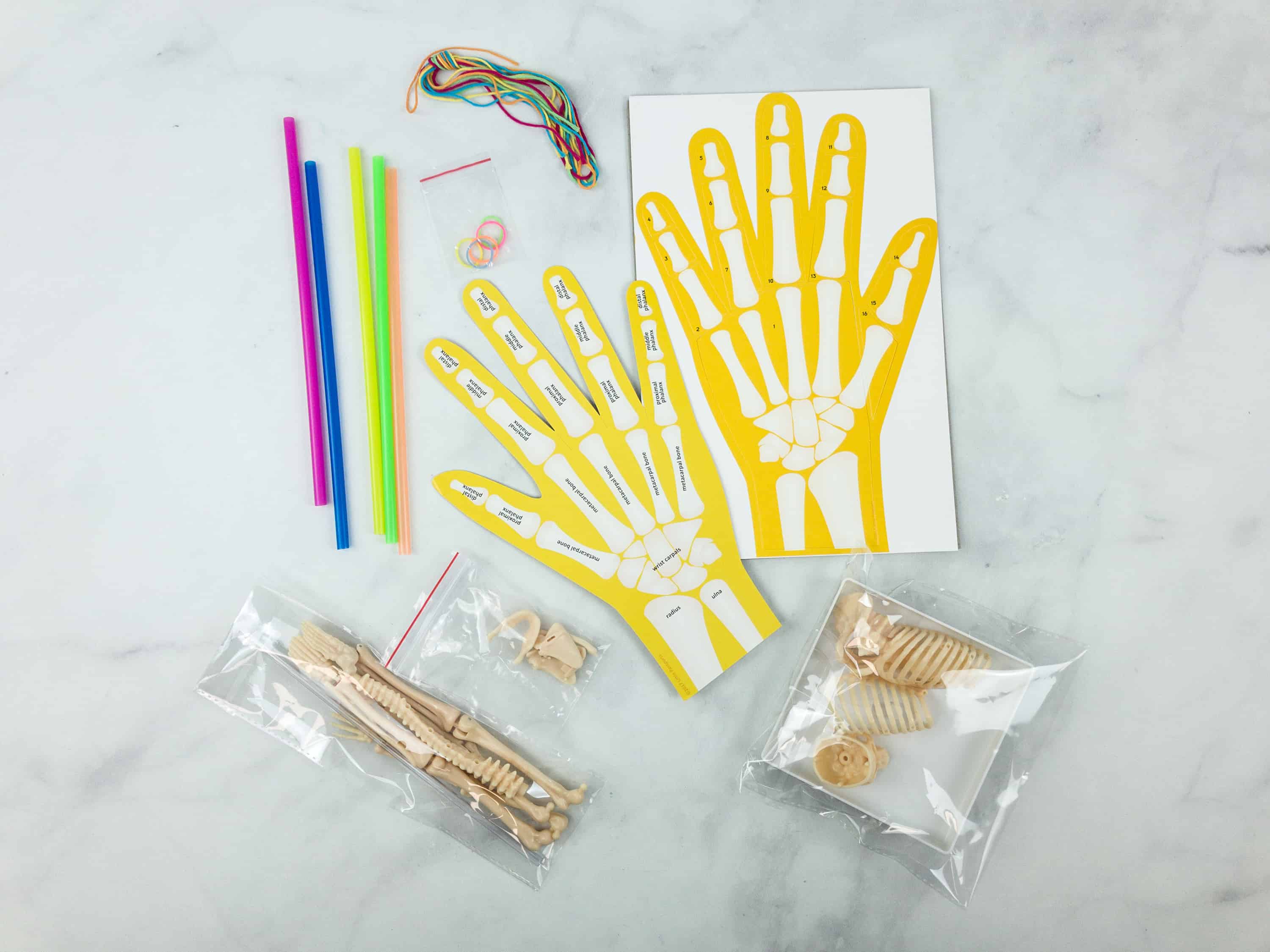
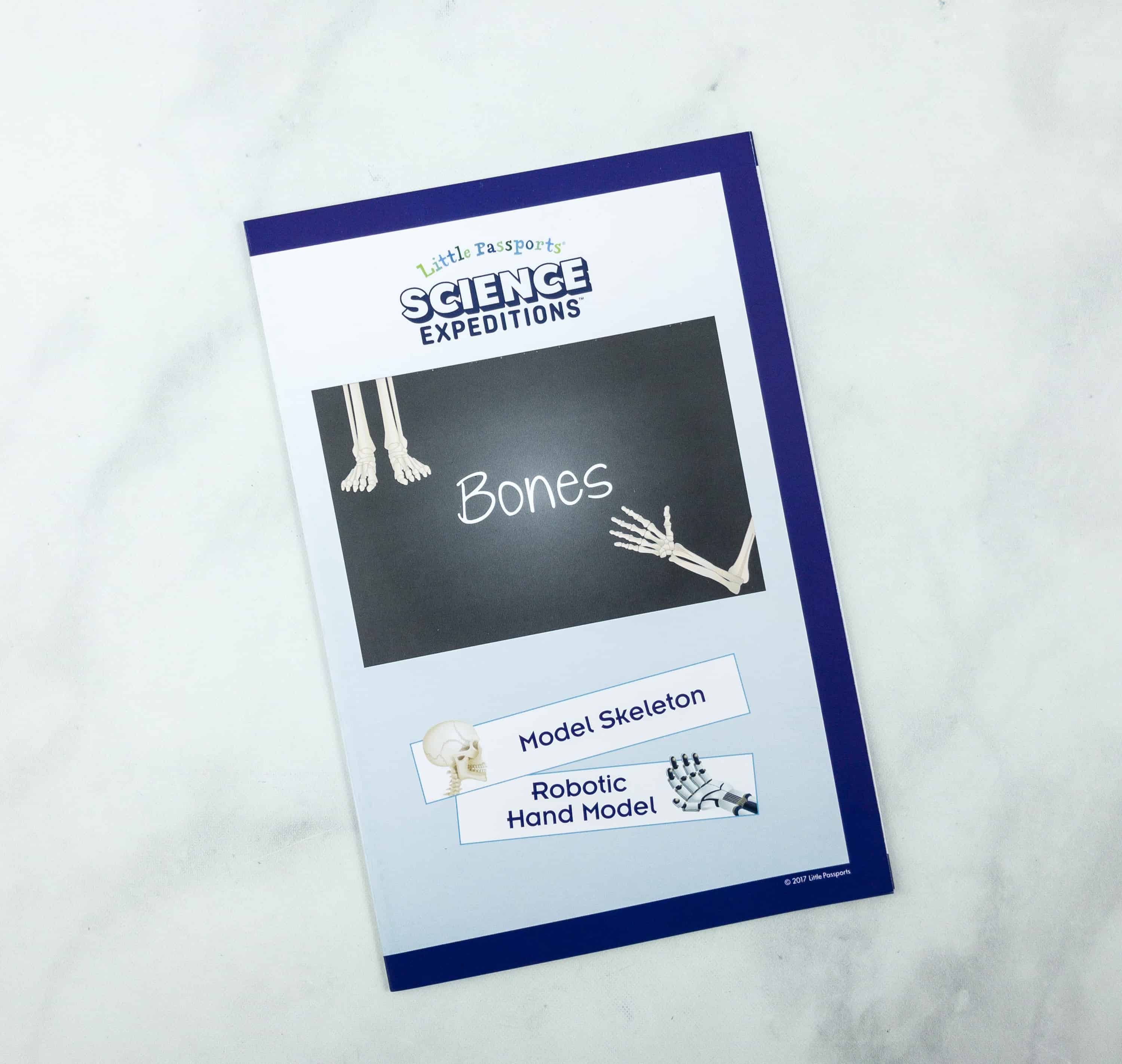
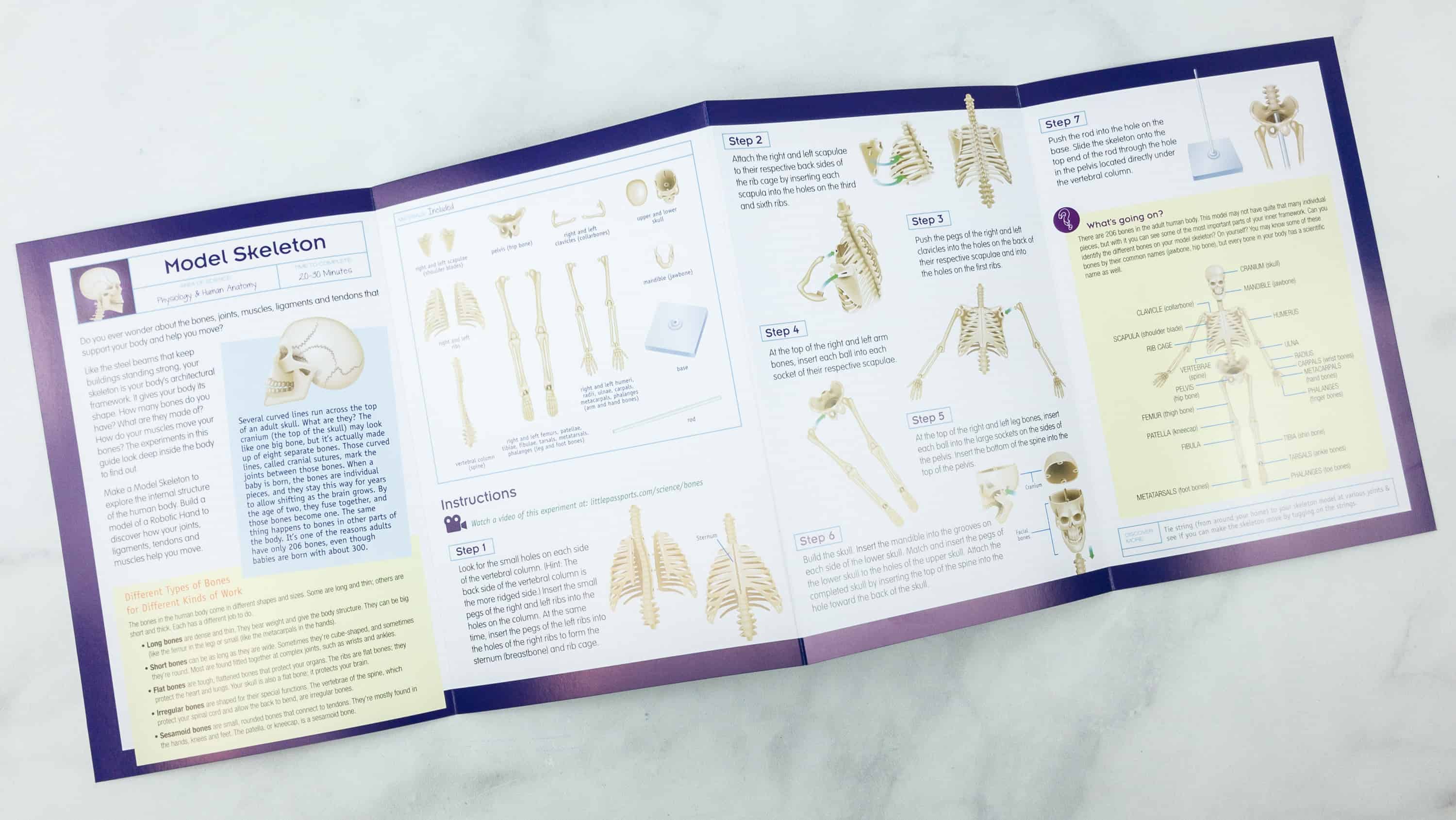

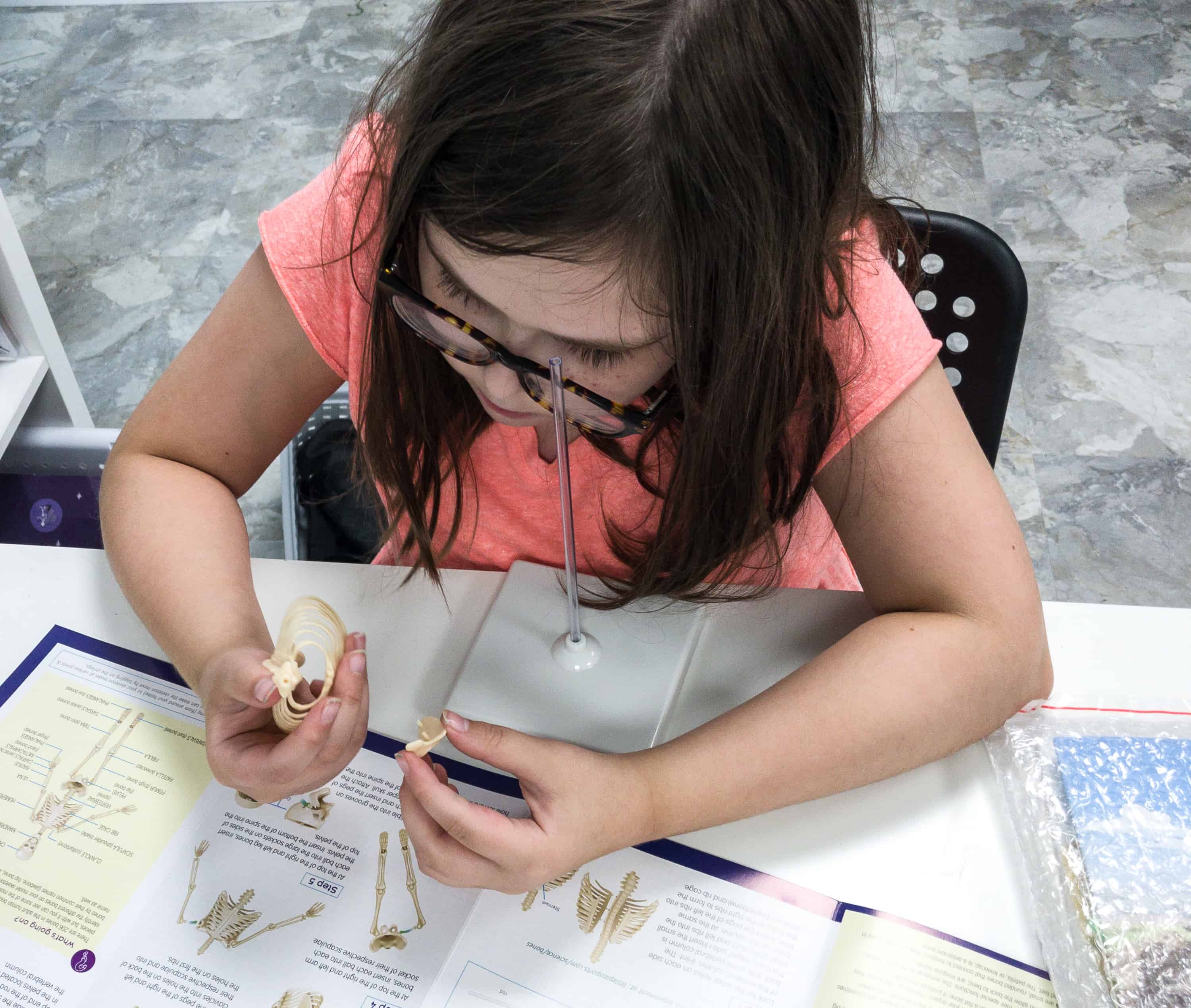
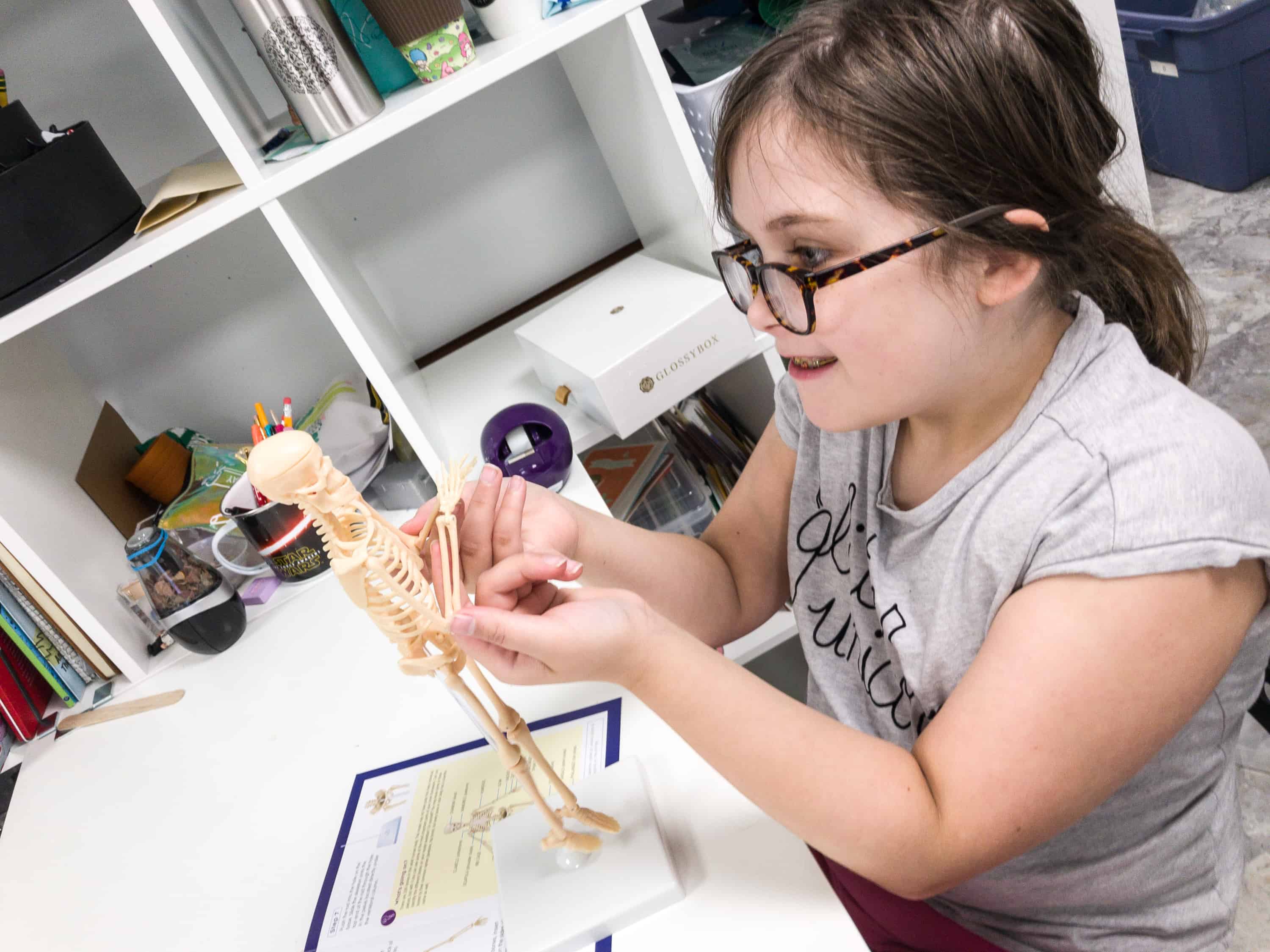
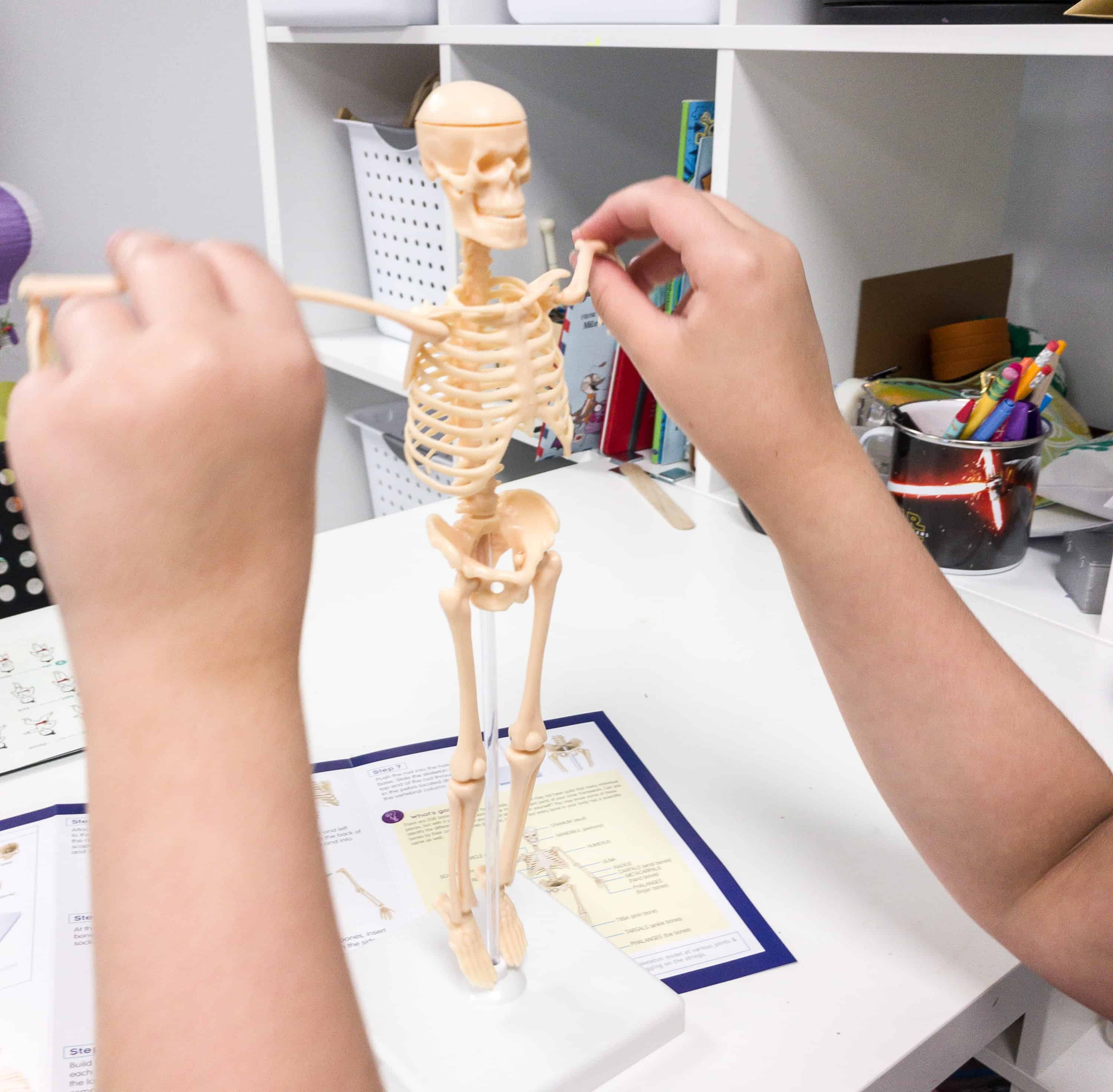
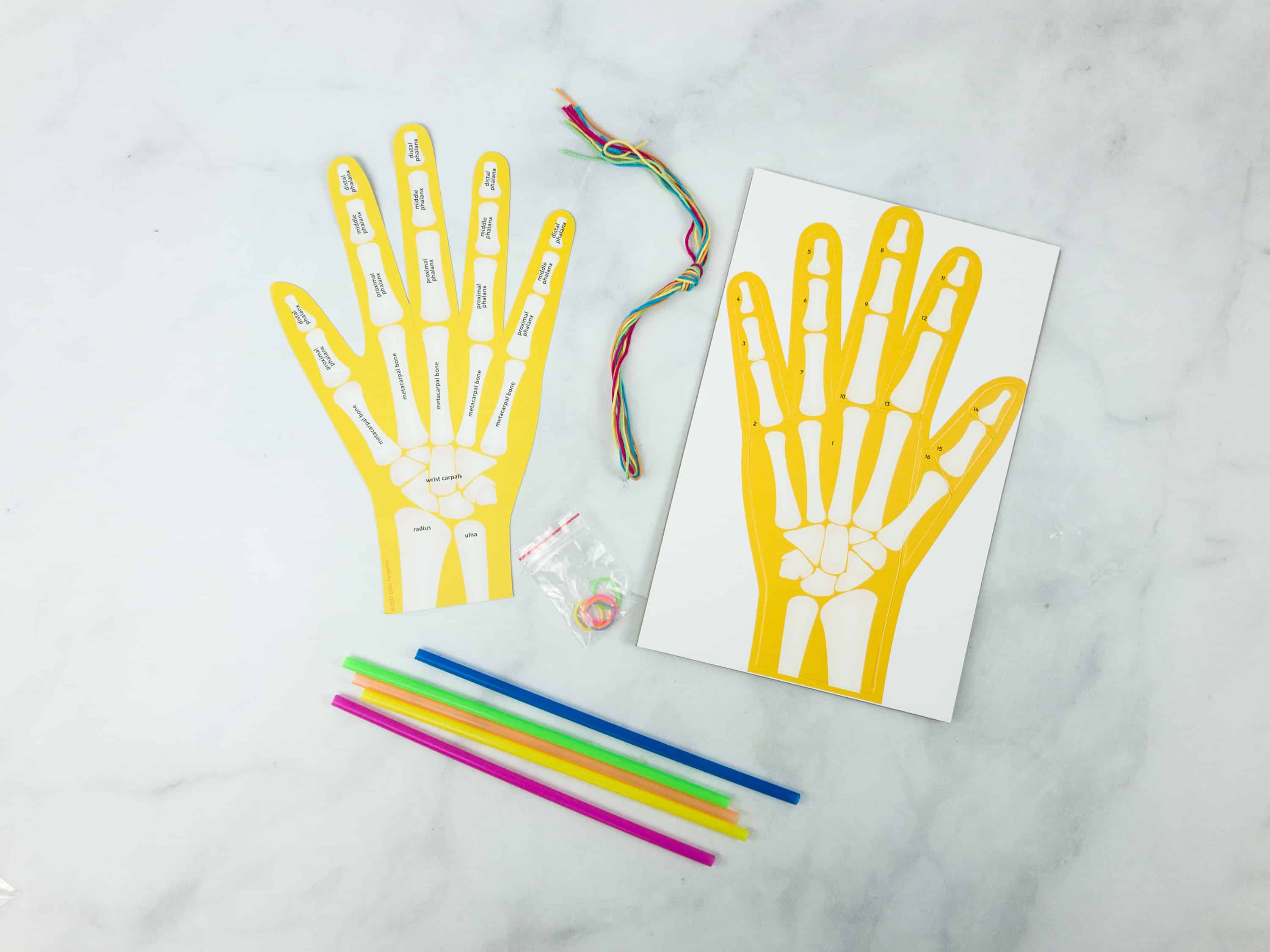

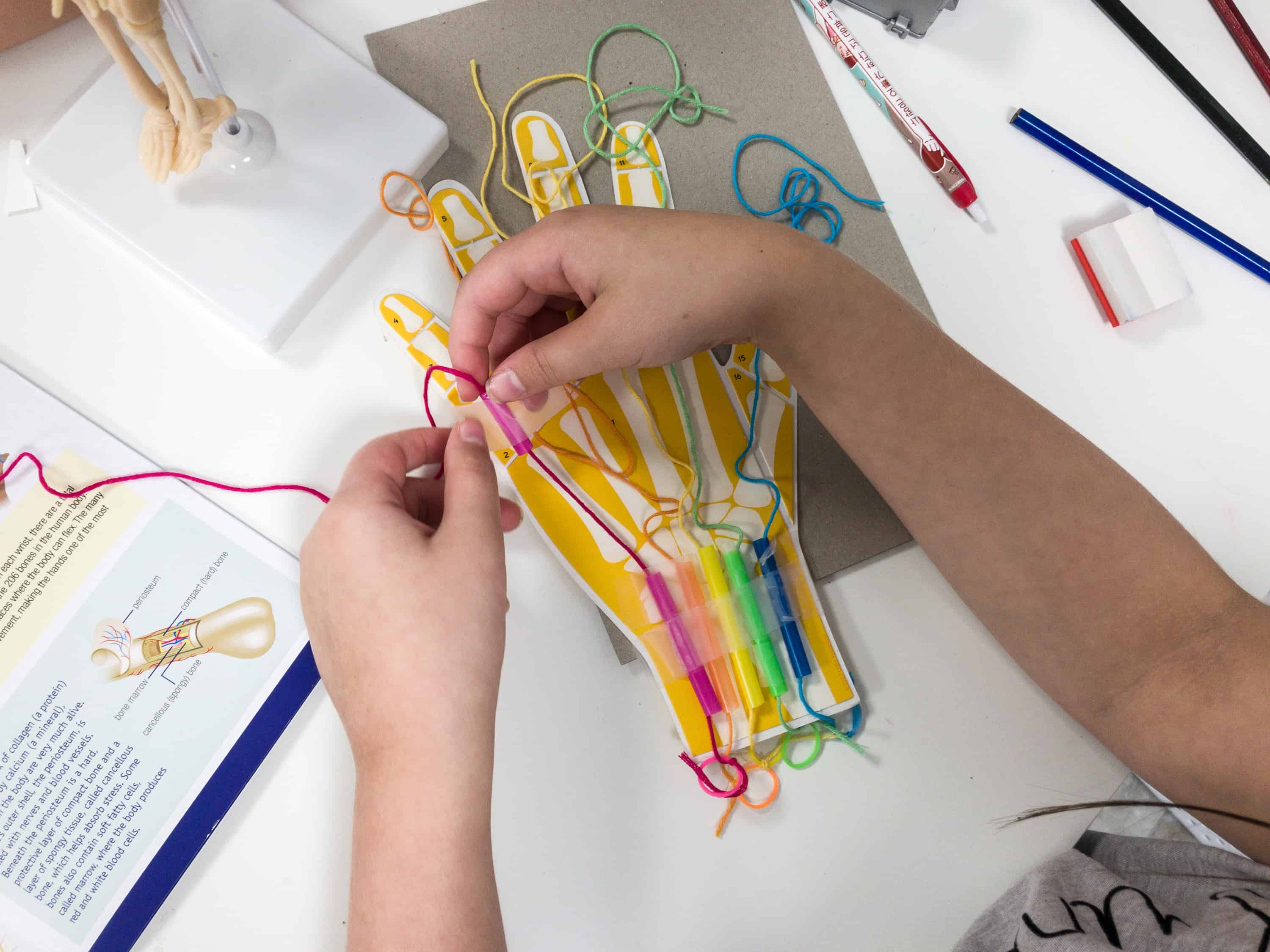






Comments